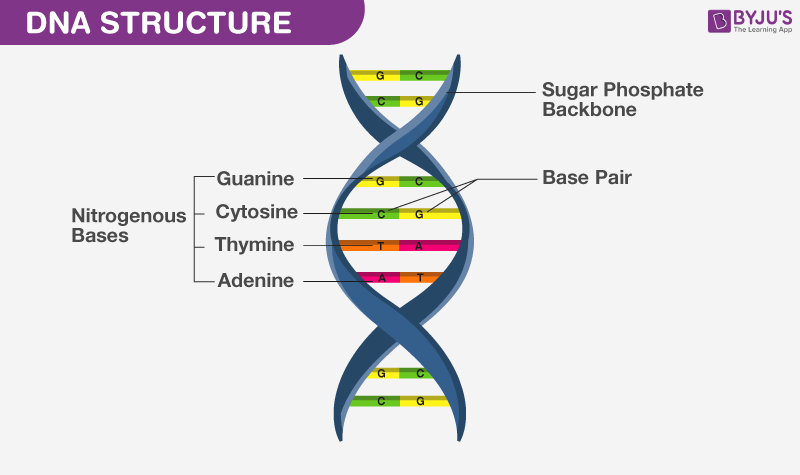Lab 2: DNA
By: Elizabeth Jean


What is DNA?
DNA stands for Deoxyribonucleic Acid or Deoxyribose Nucleic Acid. It's located in the Nucleus (Brain of the cell) within that you will find the Mitochondria, within the nucleus everything is in the chromosomes. DNA is a double helix, looks like a ladder, that are connect by Nucleotides such as adenine (A), thymine (T), guanine (G), and cytosine (C). When a women and a men decide to have a baby the child will have a total of 46 chromosomes which includes 23 pairs from the mother and the father
What is the function of DNA?
DNA is organized by Nucleotides bases... AAGTCGATCGATCATCGATCATACGT and make proteins in our body. Types of protein we need in our body are hemoglobin (oxygen) and insulin (regulates metabolism). We get DNA from our parents and it's able to be replicated. We get 46 chromosomes, which we get 23 pairs from each parent. The amazing thing about DNA is that no two people have the exact DNA expect for identical twins.
Unique Characteristics
DNA contains a lot of information about genetic, doctor's are able to see if another person in the family is at risk for getting a disease because another family previously or currently have/had a disease. DNA testing can be done by getting a swab of saliva in someone mouth, blood, hair, bones and more. This information is important because if you work in Forensic and there is a crime, they check for DNA to identify the victim or the suspect. Everyone has their sequence in their DNA. Lastly, DNA testing is used when paternity is being questioned by the mother, potential father or grandparents.
Overall, DNA is amazing and we can learn a lot from it. The thing that amazes me the most is that it's able to be replicated.
Reference URL:
https://www.bing.com/images/search?view=detailV2&ccid=sVGxb5cl&id=23536FEFCB020CA884FD7F9D5AB4648D6E78EA2B&thid=OIP.sVGxb5clOwojE2y1JGNGuQHaEZ&mediaurl=https%3a%2f%2fcdn1.byjus.com%2fwp-content%2fuploads%2f2018%2f12%2fDNA-Structure1.png&exph=475&expw=800&q=pictures+of+dna+structure+with+details&simid=608000521933424404&selectedIndex=0&ajaxhist=0
https://www.bing.com/images/search?view=detailV2&id=420931C7F0C2FBEE59601FF6EC856F001C5BD2E8&thid=OIP.4nj56cUy0tYTHg2383zsXgHaEK&mediaurl=https%3A%2F%2Fi.ytimg.com%2Fvi%2F-wG3JeOXu4g%2Fmaxresdefault.jpg&exph=720&expw=1280&q=3D+DNA+Structure+Animation&selectedindex=20&ajaxhist=0&vt=0&eim=0,1,2,3,4,6,8,10&ccid=4nj56cUy&simid=608004400302129766∼=11
https://www.livescience.com/37247-dna.html
https://www.chemguide.co.uk/organicprops/aminoacids/dna1.html
https://www.slideshare.net/MMASSY/dna-forensic
https://www.ancestry.com/lp/dna-function
Comments (0)
You don't have permission to comment on this page.